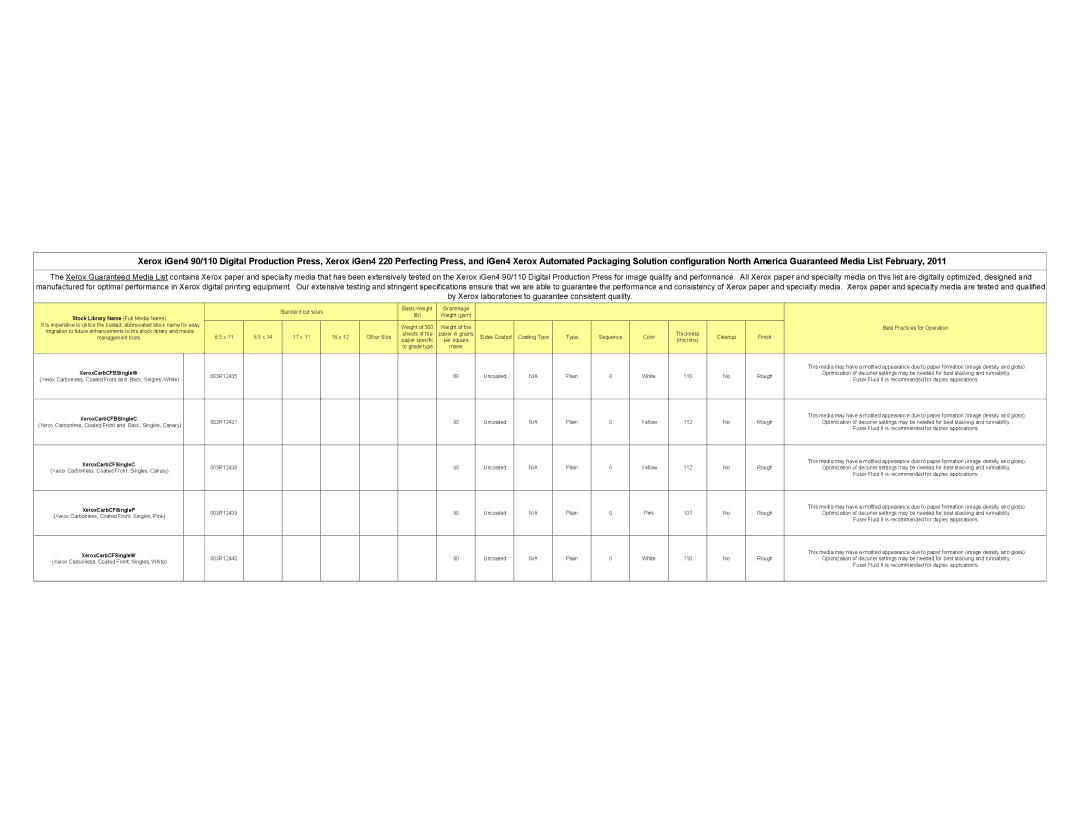110 specifications
The Xerox 110, introduced in 1959, was a pioneering machine in the realm of office technology, marking a significant advancement in the photocopying sector. As one of the first models to leverage the process of electrostatic reproduction, the Xerox 110 transformed the way documents were duplicated and laid the groundwork for future innovations in this field.One of the key features of the Xerox 110 was its ability to produce high-quality copies quickly and efficiently. The machine utilized a revolutionary technology called xerography, which involved transferring a dry powder called toner onto paper. This process allowed for the creation of sharp and clear images, a stark improvement over earlier methods that often produced smudged or fading copies.
The Xerox 110 was designed to be user-friendly, which was a significant departure from the often complex and cumbersome copying devices that preceded it. Its intuitive interface and straightforward operation made it accessible to various users, from office personnel to small business owners. The machine had a relatively compact footprint for its time, allowing it to be used efficiently in a variety of office settings without taking up excessive space.
Another noteworthy technological feature of the Xerox 110 was its ability to produce multiple copies in rapid succession. This capability was particularly beneficial in busy office environments where the demand for copies could be high. The average copying speed was around four copies per minute, which was impressive for the era, and this efficiency contributed to increased productivity in workplaces.
In addition to its speed and quality, the Xerox 110 was versatile in the types of documents it could reproduce. The machine could handle various paper sizes and types, accommodating everything from standard letter-sized documents to larger sheets, which appealed to a broad user base.
Moreover, the introduction of the Xerox 110 played a crucial role in the democratization of information access, enabling organizations to disseminate documents more freely. This advancement not only facilitated internal communication but also revolutionized how businesses, educational institutions, and governmental organizations shared information with the public.
In summary, the Xerox 110 exemplified pioneering technology, combining speed, quality, and user-friendliness. Its introduction marked a significant milestone in the history of office technology, establishing standards that would influence the development of future copy machines and office equipment for decades to come. The legacy of the Xerox 110 continues to be felt in the modern era, as businesses strive for efficiency and clarity in their documentation processes.

